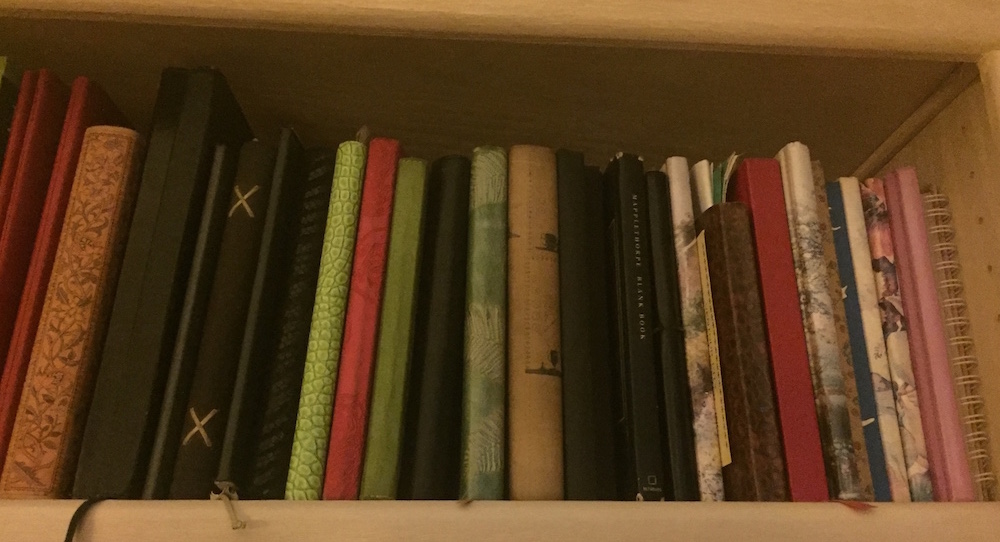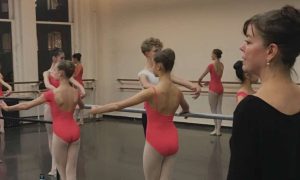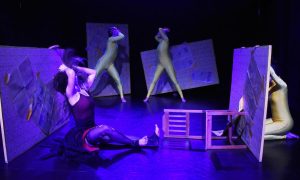Visual and junk journaling are growing in popularity as ways to creatively express a process. Journaling for dance has a longstanding reputation of being a helpful tool for tracking technical progress and finding creative inspiration. But what happens when the standard dance journal gets reinvented as a multi-media and three-dimensional piece of art? Dance Informa checked in with two professionals who incorporate the practice of visual journaling into their own process and that of their students.
Why a visual journal?
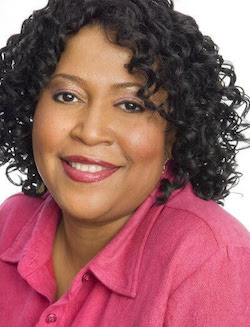
Allison Upshaw.
Allison Upshaw, Ph.D., founder of Classroom OPERAtunities, specializing in aesthetic meaning-making and performance and arts-based research methods, and also an Actor’s Equity performer as a recitalist with a focus on composer of African descent, shares, “There is a ton of research on the value of journaling (even in math classes) in student growth and comprehension. It allows the students time to work out their own answers in ways that may be different from those around them. It gives them a safe space to make mistakes without it being a public event.”
Wendy Joy, design team teaching artist with Opening Minds through the Arts (OMA) in the Tucson Unified School District, the director/developer of PROJECT:connect, and a founding member of ZUZI! Dance Company, shares, “I journal as a way of organizing my thoughts. When I doodle in my journal during a meeting or rehearsal, it helps me remember what I thought was important at the time. For me, journaling has always been a ‘during the process’, not an ‘after the fact’ activity. Junk journaling is not something I’ve done on my own. If I were to have my students do it, the process would be used to help them organize thoughts and ‘see’ what matters most to them at the time.”
What does a visual journal look like?
The short answer to this question is that your visual journal can take on whatever form inspires you. Some people purchase their journals and work from there, others use found objects to create every part of the journal. Find what works for you. Upshaw shares, “We bought a journal from Walmart. Atlanta Public Schools (APS) gave out small journals one year. I got one with music staves drawn on one side and a blank paper on the other. It encouraged me to write music from my thoughts. How cool is that?”
What types of materials do I use for my journal?
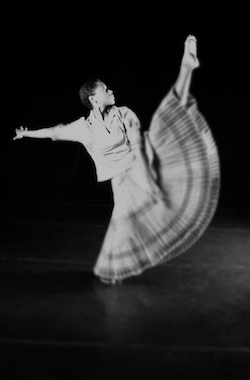
Wendy Joy. Photo by Ed Flores.
Anything and everything can be included in your journal. “We used found objects to express what couldn’t be put into words,” Joy explains. “This process helped our community participants understand that dance as an expressive art form doesn’t replace words; it explores communication on a deeper level. For our ZUZI! project, part of the process was seeing how various materials and adhesives/attachment processes worked over time. It was understood that as the journal became more used, watching the ways materials changed over time could inform the emerging choreography.”
Upshaw’s experience was unique to her, as she challenged herself to create in different mediums. “I bought some acrylic and water color paints, blank canvas of different sizes, and other miscellaneous stuff to try and continue to stretch myself in the areas of visual research,” she says. “I’m not completely confident in any particular process, but I do want to continue the work of asking myself a focal/research question and creating as I ponder that question.”
How do I organize my journal?
The organization of your journal is completely subjective. It’s yours, so use the process to help you decide what you would like to track. You may want to create four different journals: one each for technical growth, creative growth, choreographic and reflective inspiration, or you may want to combine all these elements into a single journal. Or you may have a completely different idea about how to organize your thoughts. Remember, there is no limit to the creativity you can apply to your work; the most important thing is to be yourself and make the journal yours and yours alone. No matter how you decide to organize your process, the following categories and ideas can help you get started.
Technical Notes and Goals
Ideas:
- List or draw sketches of corrections you receive.
- Cut and paste pictures of dancers you see who are mastering technique.
- Include photos of yourself as you progress through the technique (before and after).
- Watch a video of yourself, and record what you notice.
- Do you notice a tree that seems to have a branch situated in the most perfect arabesque? Draw it or take photo and drop it into your journal.
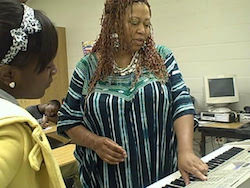
Allison Upshaw. Photo courtesy of Upshaw.
Artistic Notes and Goals
Ideas:
- Cut and paste pictures of various emotions and settings that inspire you.
- Find images (moving or still) to emulate.
- Create a mini story board of the choreography you are working on and assign creative intent to each frame.
- Does a pirouette sequence remind you of a tornado, or a hamster running on a wheel? Communicate that through imagery or words.
Inspirations and Connections
Ideas:
- Did you read or have a conversation about something that inspired you? Find a way to record your emotions and thoughts. It’s not so much about “figuring it out” as it is about noticing and noting. Sometimes the “why” of how something inspired you comes much later than the inspiration. Sometimes the “why” is elusive. All of that is okay.
- Does the smell or shape of a particular flower inspire you? Search for the flower and dry a cutting of it inside your journal.
- Write or read and respond to poetry. Or just copy a poem or song lyrics by using your own creative font and spacing.
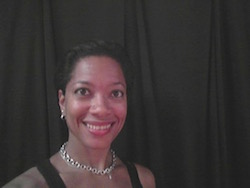
Wendy Joy. Photo courtesy of Joy.
Reflections and Goals
Ideas:
- Paint a page three colors to represent your emotions during a class, rehearsal or performance. The first color represents how you felt before the event, the second color shares your emotion during and the third is your color of reflection. Add words and images, if those inspire you.
- Write a letter to someone. Mail it, if you want, or just keep it in your journal.
- Do you have visions of where you want to be with your dancing in the short- and long-term? Find a way to record those goals. Is there a particular college program, performing career or administrative position you long for? Write down the descriptions for these goals or create art to communicate how you will prepare yourself for these opportunities.
What else can I do to cultivate creativity outside the studio and stage?
Upshaw shares, “Now that I’ve completed my dissertation, I want to take the time to ‘art’ every day. If you’re not familiar with Julia Cameron’s The Artist Within, please check it out. She asks that people write morning pages every day. I think it’s supposed to be three pages. I got tiny journals because her ‘Morning Pages’ book was huge. Anyway, after I got over the tedium of writing because I was supposed to, I actually started finding out things. There were revelations that I would never have allowed myself to sit down and think through normally. I think I should use my art journal either instead of or incorporated with the ‘Morning Pages’ idea.”
By Emily Yewell Volin of Dance Informa.


